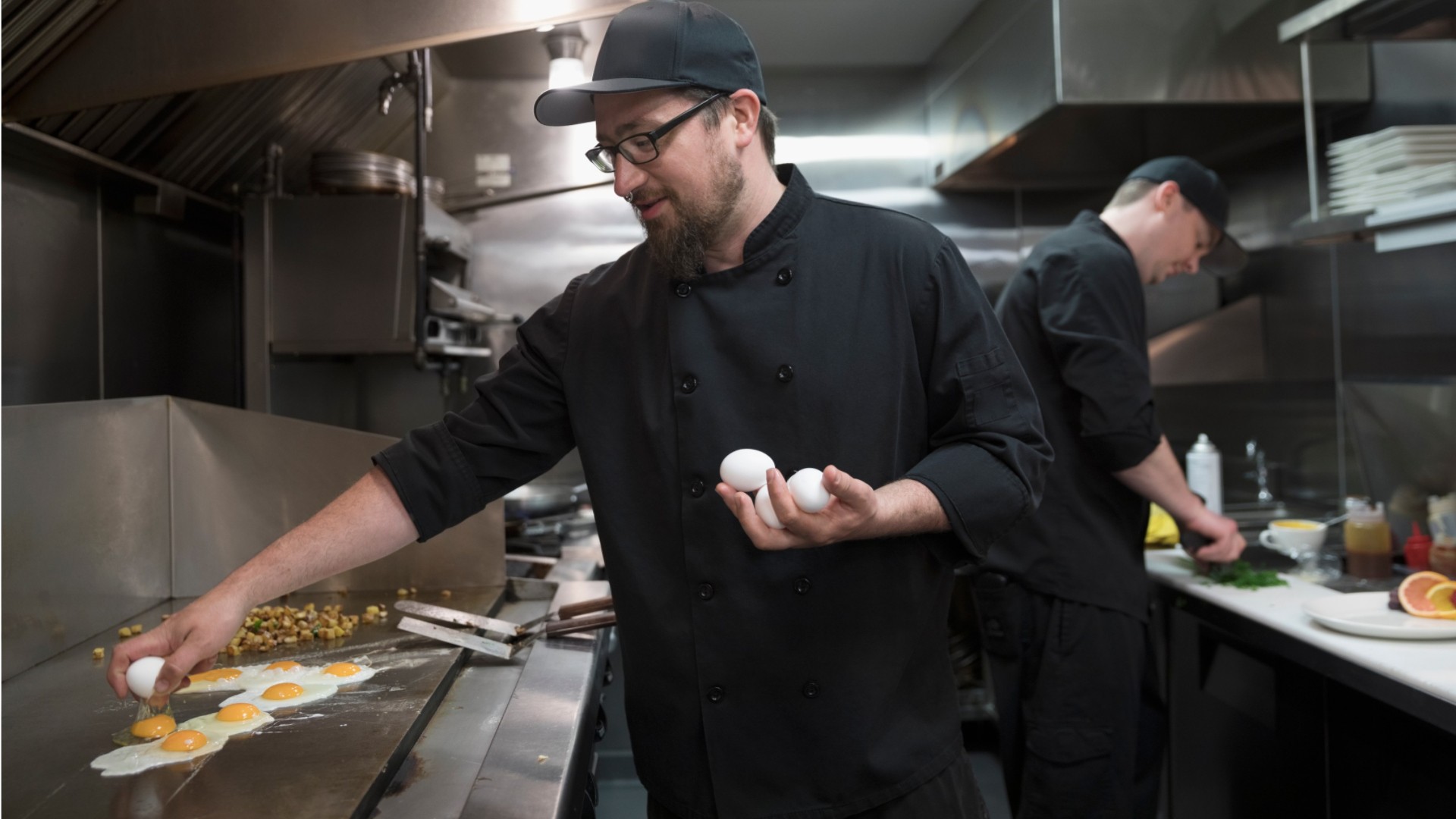Cooks, Private Household
Certified Personal Chef (CPC), Chef, Personal Chef, Personal Private Chef
What they do:
Prepare meals in private homes. Includes personal chefs.
On the job, you would:
- Peel, wash, trim, and cook vegetables and meats, and bake breads and pastries.
- Cool, package, label, and freeze foods for later consumption and provide instructions for reheating.
- Plan menus according to employers' needs and diet restrictions.
Knowledge
Business
- customer service
- sales and marketing
Manufactured or Agricultural Goods
- food production
- manufacture and distribution of products
Math and Science
- arithmetic, algebra, geometry, calculus, or statistics
Skills
Basic Skills
- thinking about the pros and cons of different ways to solve a problem
- keeping track of how well people and/or groups are doing in order to make improvements
Problem Solving
- noticing a problem and figuring out the best way to solve it
Abilities
Ideas and Logic
- come up with lots of ideas
- notice when problems happen
Hand and Finger Use
- hold or move items with your hands
- put together small parts with your fingers
Verbal
- communicate by speaking
- listen and understand what people say
Personality
People interested in this work like activities that include practical, hands-on problems and solutions.
They do well at jobs that need:
- Dependability
- Attention to Detail
- Integrity
- Independence
- Initiative
- Adaptability/Flexibility
Technology
You might use software like this on the job:
Accounting software
- Cost tracking software
- Intuit QuickBooks
Video creation and editing software
- YouTube
Data base user interface and query software
- APPCA Personal Chef Office
- Cooking e-books
Education
Education: (rated 3 of 5)
certificate after high school or
high school diploma/GED
usually needed
high school diploma/GED
usually needed
Job Outlook
Below Average
New job opportunities are less likely in the future.
Explore More
- Chefs & Head Cooks
- Cooks, Institution & Cafeteria
- Cooks, Restaurant
- Cooks, Short Order
- Food Preparation Workers
You might like a career in one of these industries:
See more details at O*NET OnLine about cooks, private household.





